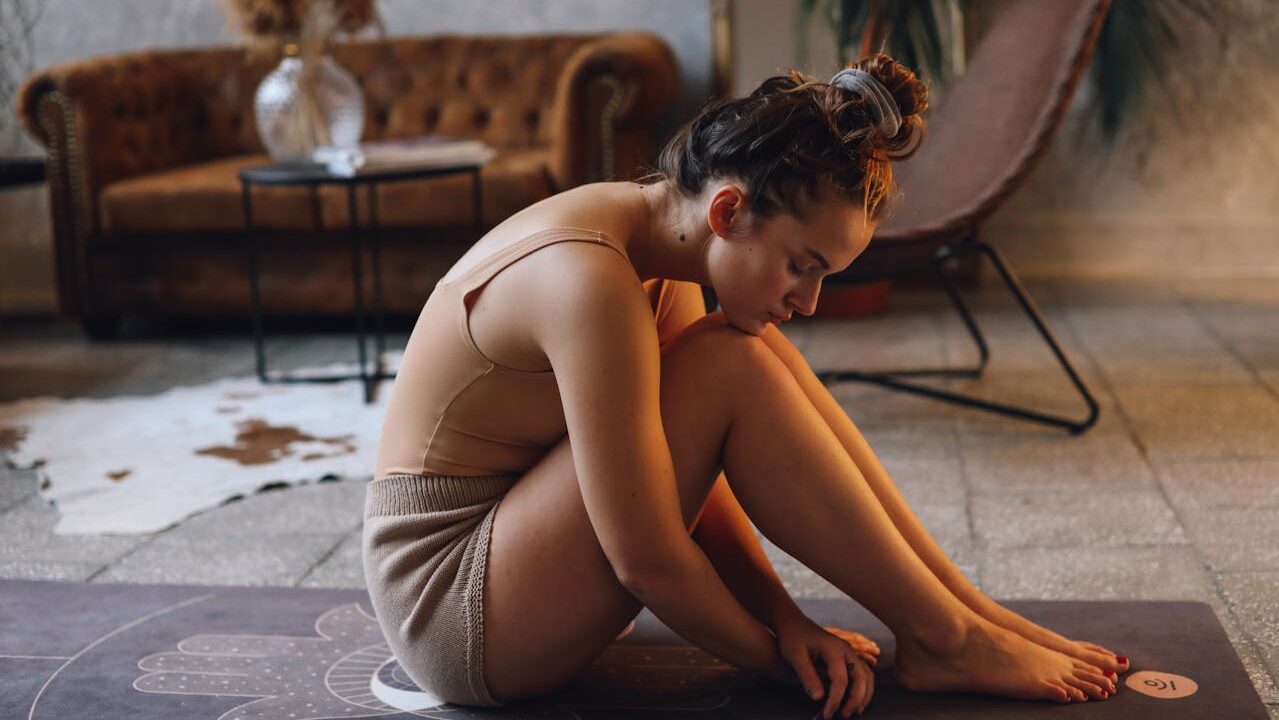 Its prominence in interior design has never been more pronounced, but what is it about lighting? Its elevated status, it seems, has to do with something fairly fundamental about aesthetics: lighting is not part of the picture we see, but part of the way we see it. Light level, quality and tone are part of sight itself, literally changing the way that our eyes work and the way that we see things.
Its prominence in interior design has never been more pronounced, but what is it about lighting? Its elevated status, it seems, has to do with something fairly fundamental about aesthetics: lighting is not part of the picture we see, but part of the way we see it. Light level, quality and tone are part of sight itself, literally changing the way that our eyes work and the way that we see things.
If you don’t believe me, consider this simple biological fact: in low light conditions, the human eye becomes unable to discern colour. At twilight, we are only able to use a certain part of the eye, and so we see colour-lessly, in black and white- and because we’ve always seen this way, it doesn’t seem unusual at all. Try it.
Making light work
So light matters, and the interior design world has accepted, even embraced that fact. But how do we extend that principle usefully to retail design? The trick is to start with the concepts which have been perfected by interior design. Choose several smaller, oblique light sources over one glaring overhead source which creates shadows. Multiple points of light can combine to be as bright as you need, and because they overlap they should create a clear, predictable light source which is ‘true’, displaying products sympathetically without creating long shadows and dark spots. Consider your light sources themselves: while overhead neon is simple, easy to maintain and most usual, home-style light fittings or even naked bulbs all have their own aesthetic: it all depends on the brand.
Next, choose a ‘tone’ or ‘colour’ of light. While we’ve seen reds, pinks and even a black-light, unless you’re catering to very specific demographics or selling specialised products the chances are you’ll be looking at variations on white. Sensible options range from ‘bright white’, which is a clean, bright light which doesn’t distort the perception of colour but can seem harsh and unflattering to ‘warm white’, which is more agreeable to the eye and casts a more flattering light but can distort the way we see colour, giving things a yellowish tinge.
Before you install your new lights, consider how they’re going to work with your store design. Light can do so much more than just illuminating space so that we can get across the shop without walking into a wall! Use light levels and colour to establish ‘zones’, for private browsing, interacting with staff, demonstrations, and the payment process. Also look at how you can use lighting as part of your displays to draw attention and create ‘layers’ of light. Spotlighting products as part of a display is a time-honoured way of bringing them to prominence, making every item look valuable and desirable. Equally, lighting your signage from within or directionally can catch the customer’s attention, particularly if combined with a sense of motion, as in LCD displays.
Finally, if you’re a retail manager or in charge of designing a retail space, the only thing you really need to know about lighting is this: every square foot of your premises that is badly lit, is wasted.
Author bio
The author is an experienced retail worker who writes dispatches from the shop floor on all areas of the industry, including careers and training, customer service, human resources and retail design.
She often visits www.displaydevelopments.co.uk to find out about the latest advances in retail display and design.






